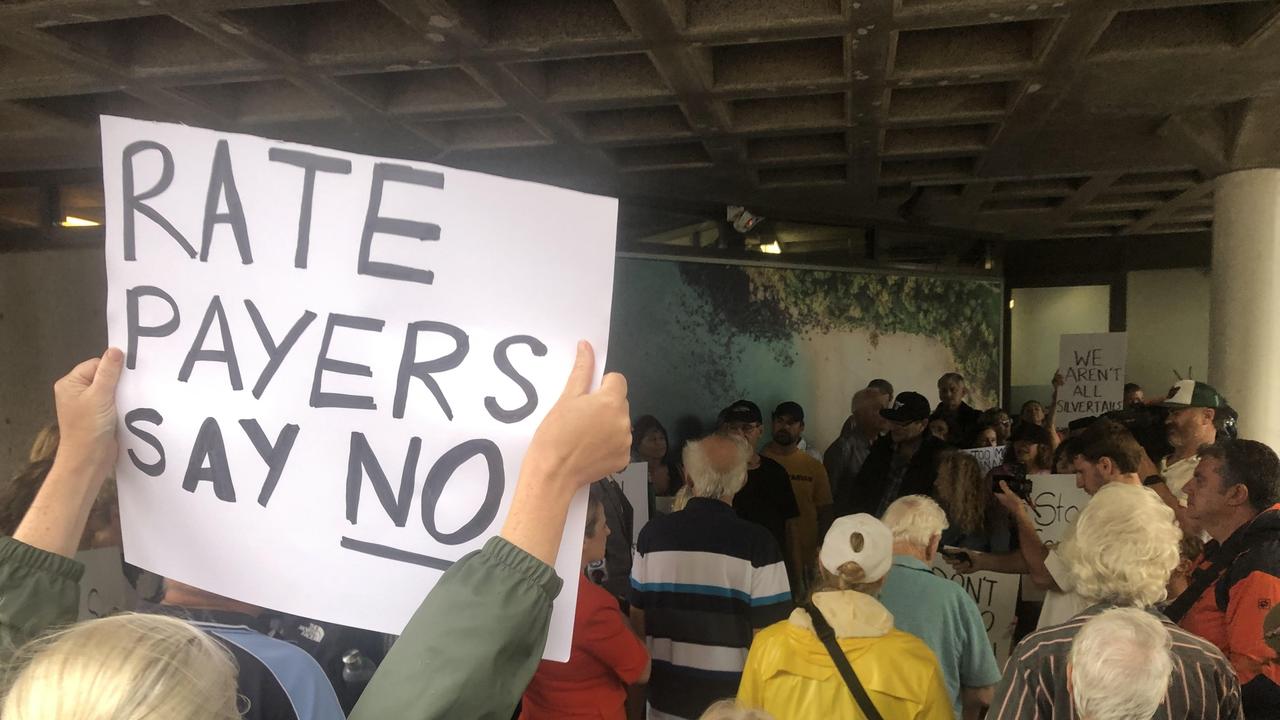The North Harbour Mystery: The unsolved death of young woman at Reef Beach in 1886
In the 19th century, serious crimes on the northern beaches were few and far between, due to the small population, but when they did occur, then talk of the crime was on everyone’s lips.
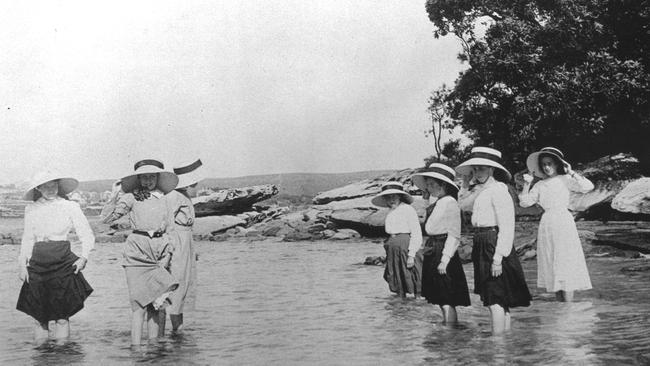
Manly
Don't miss out on the headlines from Manly. Followed categories will be added to My News.
In the 19th century, serious crimes on the northern beaches were few and far between, due to the small population, but when they did occur, then talk of the crime was on everyone’s lips.
In June 1886, the residents of Manly were shocked to learn of the rape and subsequent death at Reef Beach of unemployed domestic servant Elizabeth Martin, while the inquest into her death drew crowds of excited people to hear the titillating details and to see the three people charged in connection with her death.
The metropolitan newspapers quickly christened the tragedy the North Harbour Mystery because Reef Beach at that time was frequently referred to as North Harbour.
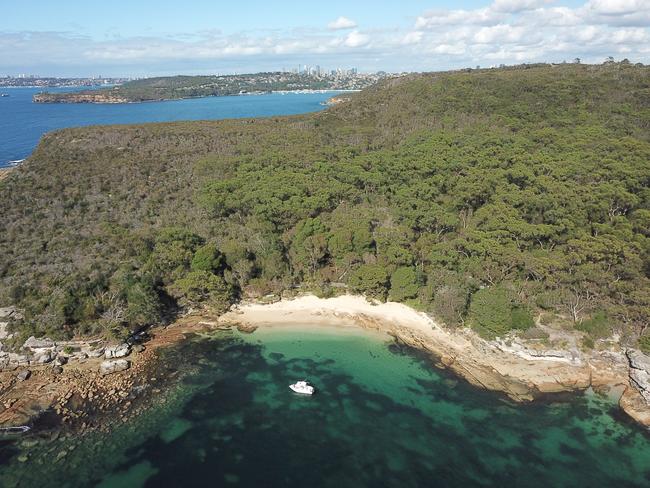
The first chapter in the sorry tale was written in early June 1886, when two unemployed domestic servants, Jane Brown and Elizabeth Martin, met two clerks, George Griffiths and William James, in the city.
Elizabeth, or Lizzie, as she was known, was 20 and Jane was 22, while Griffiths was 27 and James was 29.
The two girls had met each other only weeks before, while Griffiths and James had known each other for several years.
The two girls lived in the city and, while Griffiths and James both resided most of the time at Woollahra, they also used a camp at Reef Beach that was owned by Massey Cashman, a chief bailiff at the Water Police Court, and for which they paid rent of 10 shillings a week.
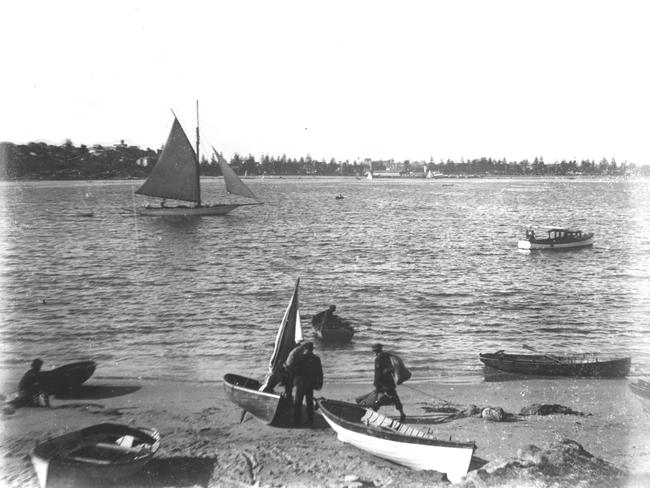
At the first hearing, Jane Brown and William James seemed to get on well, as did Lizzie Martin and George Griffiths, and the four arranged to meet again in a few days.
At the second meeting, the men told the girls about their camp at Reef Beach and invited the girls to visit them two days hence – Wednesday, June 9, 1886.
On that fateful day, the four met in the city then caught the ferry to Manly, from where were to row across North Harbour to Reef Beach.
Jane boarded the 3m rowing boat with ease but Lizzie entered it clumsily, causing it to rock violently, throwing Jane into the water.
Drenched to the skin, Jane was hauled aboard and the four set out for Reef Beach, where Jane exchanged her sodden clothes for a pair of men’s pyjamas and a gentleman’s overcoat.
The caretaker of the camp, Henry Thompson, cooked dinner for the four then retired to his own small tent, leaving the four talking into the night.

At about midnight, the four, each fully dressed, retired to their stretcher beds but continued talking and laughing well into the early hours of the morning.
At about 3am, Lizzie suddenly left her bed and walked out of the tent, fully dressed but without a hat.
When she had not returned after about 10 minutes, Griffiths and the caretaker, Thompson, began a two-hour search for her, while Jane and James searched near the camp.
Having failed to find Lizzie, the others retired to their beds.
The following morning, and with no sign of Lizzie, Griffiths decided to search the surrounding bays in the rowing boat but had got no further than about 30m from the shore when he saw something lying on the beach.
It was the dead body of Lizzie Martin.
Griffiths immediately rowed to Many to inform the policeman, Senior-Constable E.G. Murphy, who returned to Reef Beach with Griffiths.
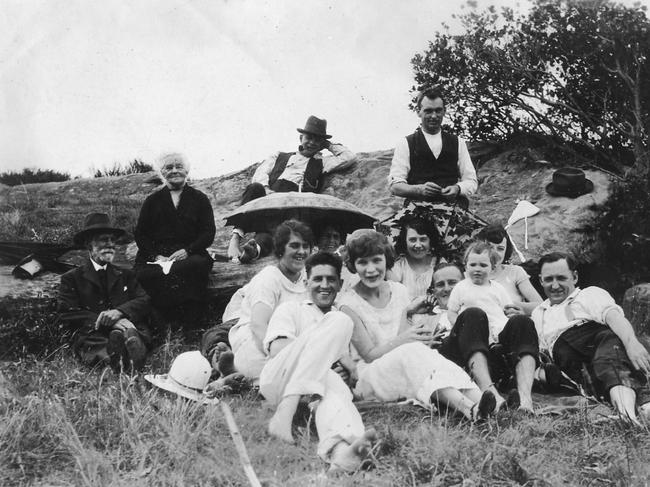
At the inquest, Snr-Constable Murphy said he found Lizzie lying face-down on the sand, about 3m from the receding tide, with her faced buried in the sand as far as her ears.
She was fully dressed but for her drawers and when he lifted Lizzie’s head, he saw foam oozing from her mouth and nostrils, and a scar across her nose.
At the post-mortem examination, it was determined that Lizzie had been raped and that she died of syncopal asphyxia – drowning after fainting or suffering a heart attack.
The examining doctor found several marks on Lizzie’s body, including marks on her upper left arm that seemed to indicate that strong force had been used.
He said there were several other marks on her body: a dark one encircling her right thigh, which may have been caused by a garter, a reddish mark on her right breast, a linear mark near the nipple of her left breast, a mark on the bridge of her nose and a bruise on the left side of her forehead.
He said the marks were all ante-mortem injuries.
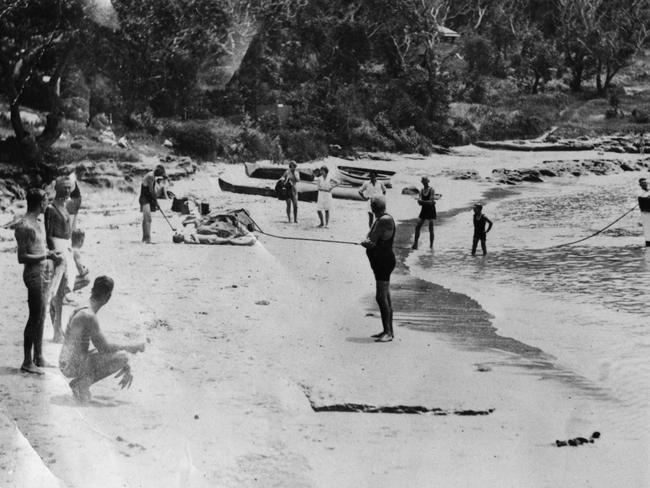
The inquest, which was held in the Soudan Hotel in George St, Sydney, and ran for six days over two weeks, attracted a large and excited crowd every day, so great was the interest in the case, especially as George Griffiths had been charged with rape and William James and Jane Brown with being accessories to the offence.
After the fourth day of the inquest, the jury expressed an interest in visiting Reef Beach, so the government steam launch Carrington was obtained and the Coroner, court officials, the jury and the press travelled to the beach, where the various points of interest in connection with the case, including the camp, were visited.
The reporter from the North Shore Times and Manly Press described the camp in some detail for his readers. “There are four tents in the camp altogether, two of them with palisaded fronts.
“They are used as apartments for sleeping, dining, the tent-keeper and a kitchen, and are nicely furnished and appointed.”
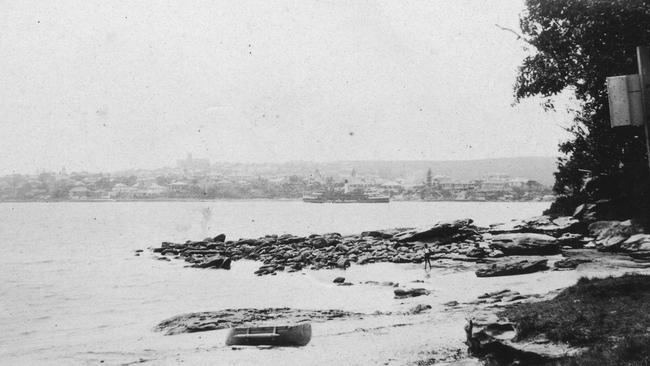
The reporter from the Daily Telegraph said the largest tent, the one used for sleeping, “wore a very cosy appearance; and indeed the whole camp, it must be admitted, appeared most complete in point of comfort and convenience.
“The camp, consisting of a large, comfortably filled tent and two or three similar ones, used for dining room, kitchen etc, stands about 45 yards from the beach on a nicely grassed spot, gently inclining to the beach.”
At the end of the inquest, the jury could not decide how Lizzie had met her end, other than by repeating the examiner’s finding of syncopal asphyxia.
But the jury did say that the circumstances surrounding Lizzie’s death were “fraught with the gravest suspicion” and that the police should investigate the case further.
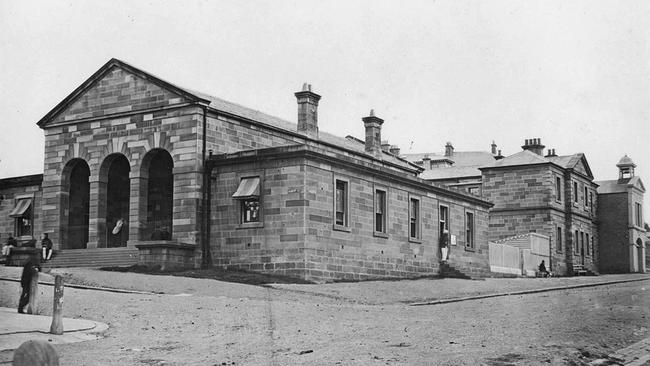
There was widespread dissatisfaction with the jury’s inability to find for or against the defendants, who were now free to go, including criticism of the Manly policeman who removed Lizzie Martin’s body from Reef Beach but left Griffiths, James and Jane Brown at the camp to clear away any evidence, if there was any.
The police were also criticised for laying charges without the evidence to prove them.
The following month it was announced that a reward of £50 was being offered for information about Lizzie Martin’s death and another £100 if the information led to the arrest and conviction of the guilty person or persons.
But the reward money went unclaimed, Lizzie Martin went to her grave unavenged, and the residents of Manly, and indeed all of Sydney, were left with the enduring and patently unsatisfying North Harbour Mystery.


